FORT HOOD, Texas, May 4, 2011 -- Three Fort Hood families, including the four-legged members, got the chance to work with Cesar Millan, who is better known as the "Dog Whisperer," during his recent visit to Central Texas.
Millan visited Fort Hood, Texas, to film episodes of his popular show, but he also met with fans at the Clear Creek Post Exchange and watched a military working dog demonstration.
Before coming to Fort Hood, Millan spoke about his goals for the visit, which included working with families to create a "balanced" state for their dogs.
"To me, it's not about the dog as much as it's about how the family interacts," he said. "The dog is an outcome of people. Dogs don't develop issues unless they live with humans."
"What I evaluate is what kind of issues the humans are living with and if they are aware of it," Millan said.
One issue Millan encountered at Fort Hood is the stress of military life and the absence of family members, which was apparent in his work with the Walker family.
Spc. Martin Walker is currently deployed to Kuwait with the 1st Battalion, 44th Air Defense Artillery Regiment, 69th Air Defense Artillery Brigade. Since his departure, his wife Ciarra has been taking care of Patches, a border collie mix, with the help of her mother, Deborah Johnson.
Patches, a rescue dog, was fearful of almost everything associated with the military. Her fears made life difficult for the Walker family, as well as Johnson.
"My son (in-law) brought the dog home about two-and-a-half years ago, and I nearly flipped out at the beginning because it was a rescue dog," Johnson said. She added that the family tried to take part in the Dog Whisperer show two years ago, after they realized Patches was terrified of people in uniform, including Martin.
Johnson said the family was at the end of their rope with Patches, and worried about her.
"We actually thought about trying to find her a home, and we put her on Craigslist and everything else, but nobody wanted her. Nobody wanted a rescue dog," she said. "We didn't want to have to make her live on post, around things she was afraid of, so that's why we contacted him (Millan)."
As part of Patches training, Millan wore an army combat uniform while interacting with her.
Ciarra said the changes in Patches were quickly apparent.
"It's been crazy," Ciarra said of the April 19 training day with Millan. "I never thought he would have been able to get this far, this quickly. He's been here a couple of hours, and already he's done so much with her."
Millan said Patches was a difficult case, because she was fearful of people.
"I'd rather (have) 10 aggressive dogs in one day, than one fearful dog, because it takes a lot longer," Millan said. "And not that I don't like to work with fearful dogs, it's just that I can help more aggressive dogs, than I can fearful dogs."
However, Millan said Patches showed positive signs when he first met her and began working with her.
"I came with food," he explained. "I went to a Texas barbecue, and brought (back some) chicken, and I would throw it on the floor. What I do when I give food is I check how fearful the dog is. If the dog is super afraid, they don't take food. They'd rather starve themselves to death."
Millan said Patches was excited about the chicken, and he was able to use the food for additional training.
To best help the dog, Millan kept her with him during his four-day stay at Fort Hood.
Johnson said she was excited to see Patches return after her stay with Millan.
"I can't wait to get the dog back in a couple of days, and just see the progress," she said. "My hope is that when Martin comes back from deployment that the dog won't run away from him in uniform, but embrace him (instead). Because it's his dog, and he's the one who rescued the dog."
Millan said many Americans try to make sure their dogs are happy and healthy, but if that isn't done the right way, it can create issues with the dog.
"Dogs have their needs and people are not fulfilling them," he said. "Most of the people do affection, affection, affection, but they don't do exercise, discipline, affection."
While Patches' case didn't fall into the general stereotype that Millan works with, he said he often sees people cater to their dog's every whim and then become confused when the dog acts out or develops issues.
"Their (a dog's) goal is just to live a balanced life," he explained. "Their goal is not to become famous, not to make money, not to become a Harvard graduate. Their goal is just to be part of a family where they feel protected and they have direction."
He said his time at Fort Hood, like the time he spends with other American families and their dogs, was rewarding.
"I just want to help everyone I can," Millan said. "That's the beauty of America, and this is what I love about modern society, how motivated people are to help their dogs."
During his visit to Fort Hood, Millan also worked with Azzy, a sheltie, and Ginger, a miniature bull terrier. The episodes filmed at Fort Hood are not scheduled to air for at least six months.
(Daniel Cernero, III Corps and Fort Hood Public Affairs, contributed to this article.)
Related Links:
'Paws for Purple Hearts' helping with PTSD
Therapy dogs all about the love
Fort Bragg unit set to deploy with furry companions
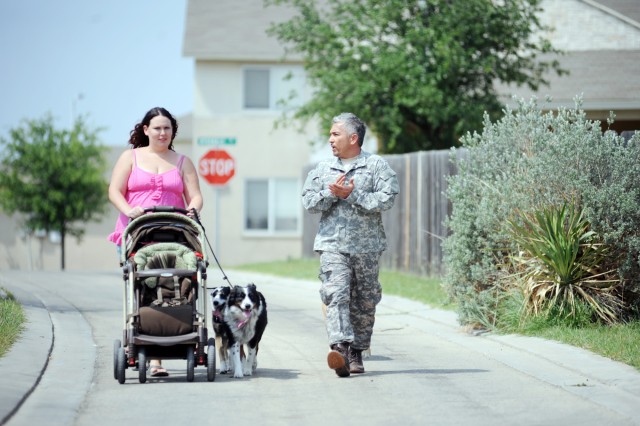
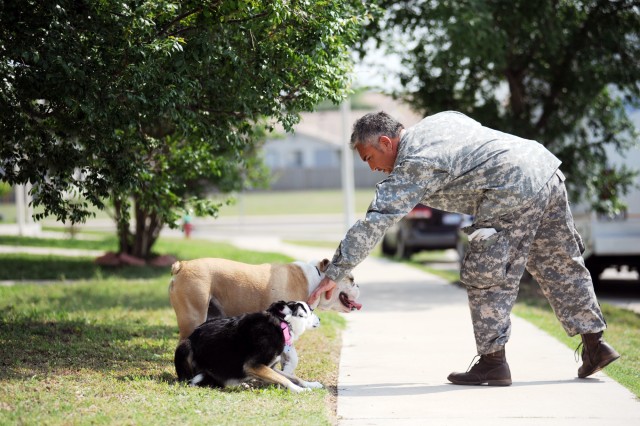
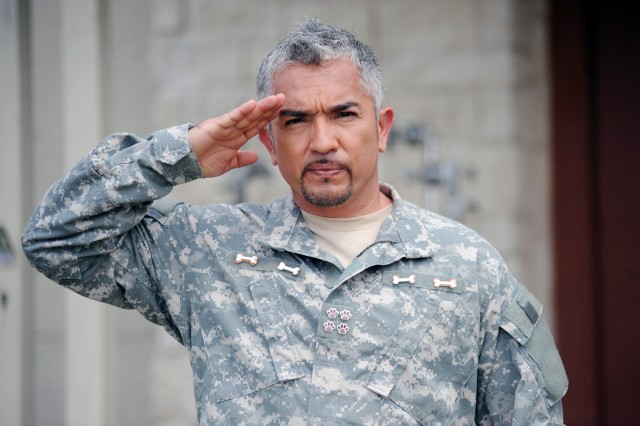
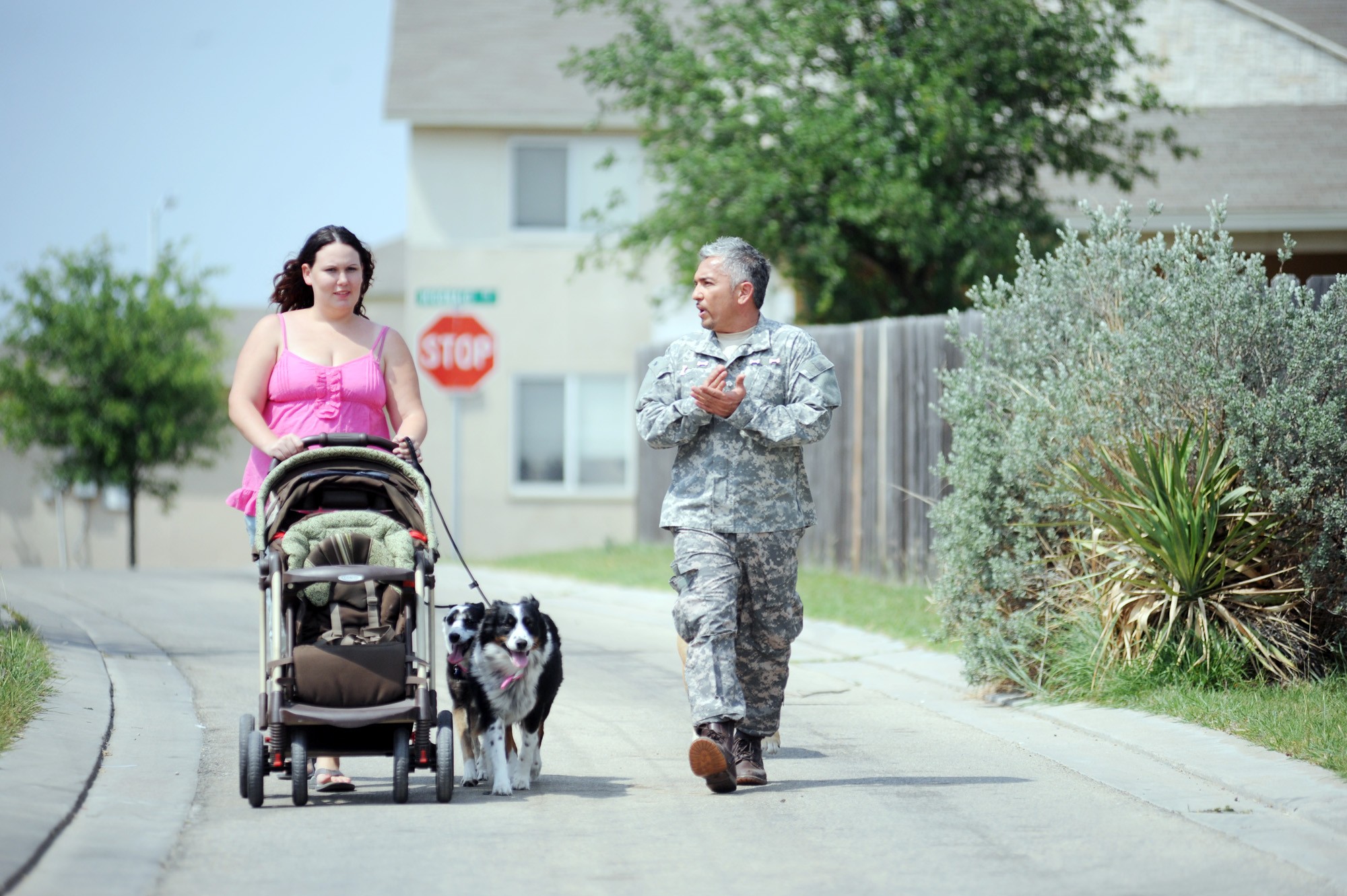
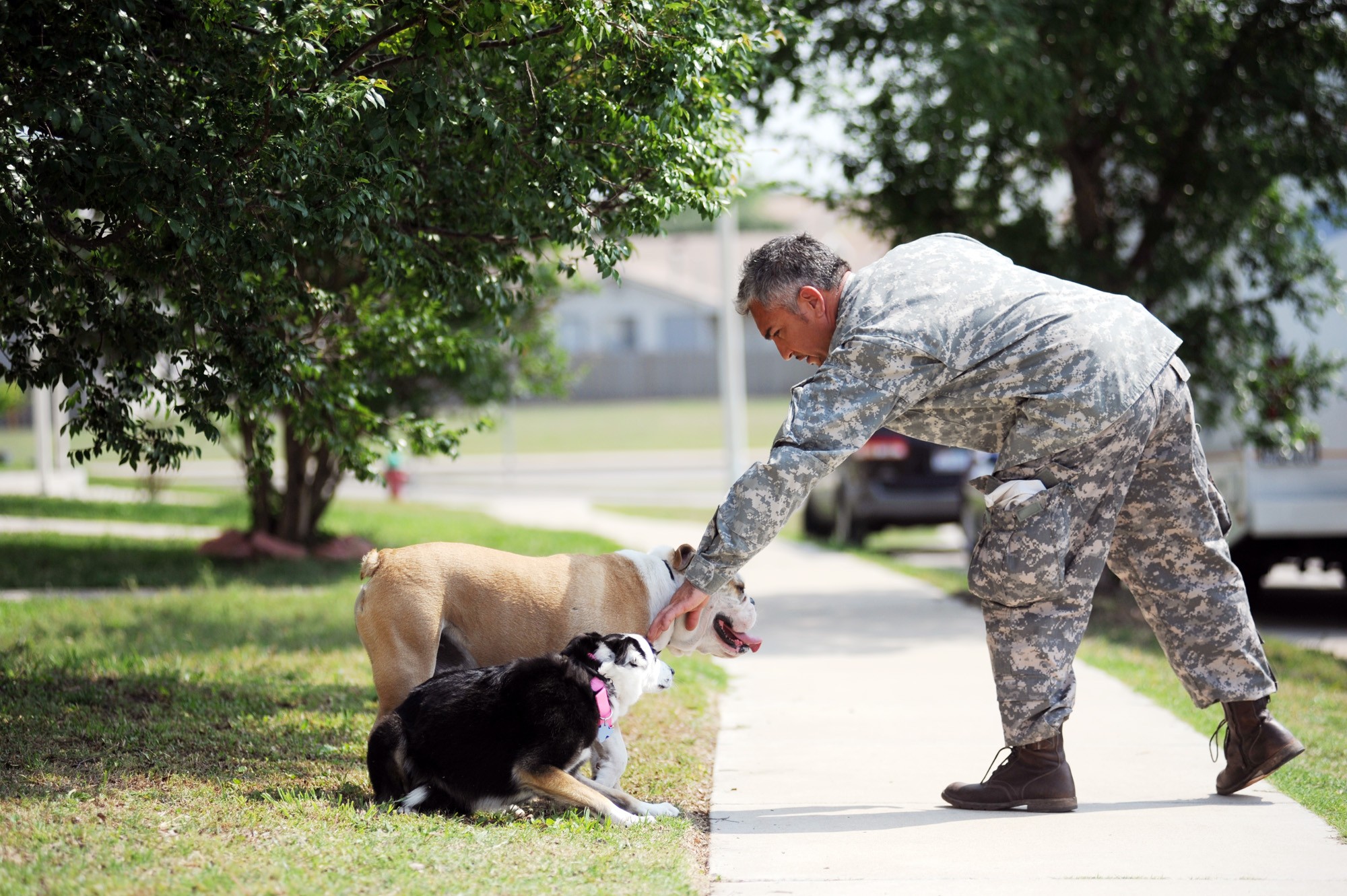

Social Sharing